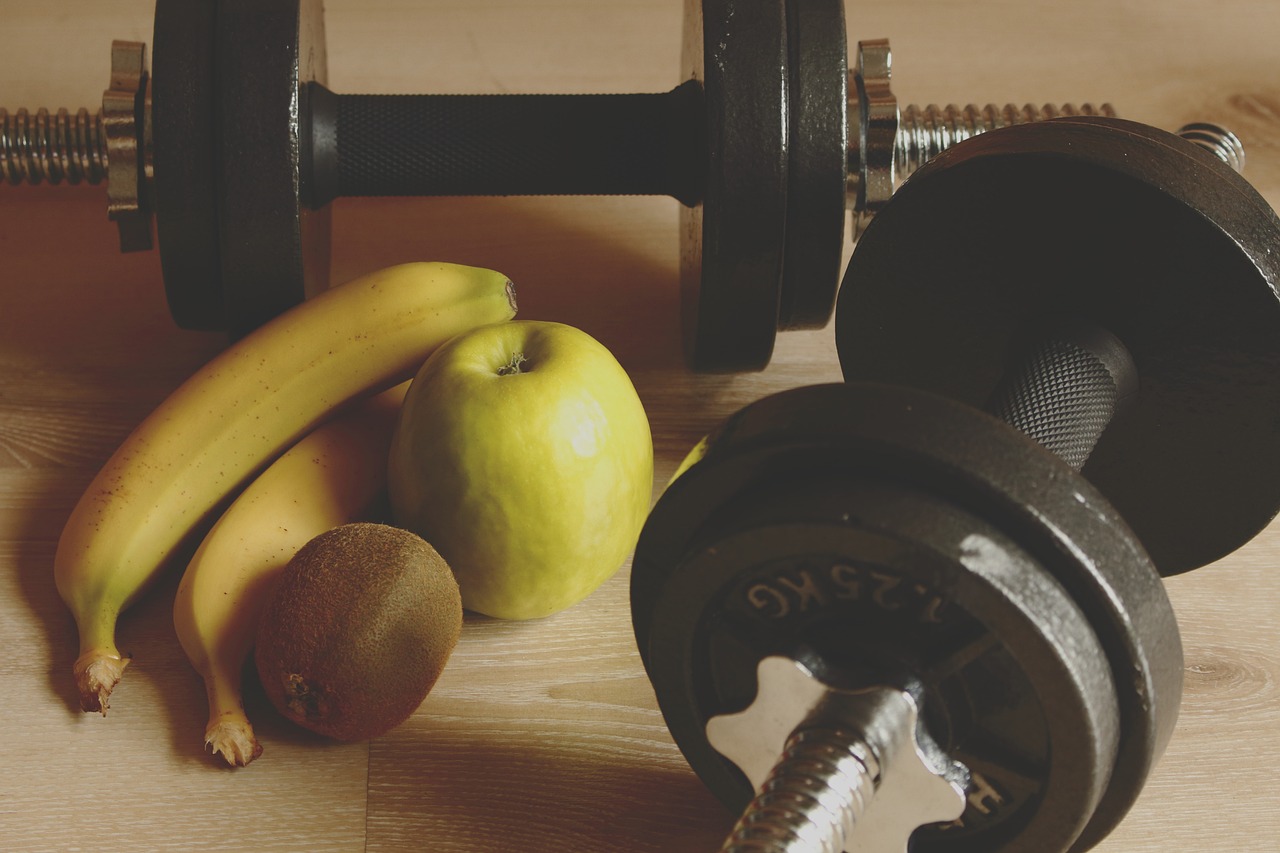Recent years have seen a surge in awareness about the long-term consequences of concussions, especially following high-profile cases like Sidney Crosby’s prolonged recovery. Sports leagues, particularly in contact sports such as football and hockey, are searching for ways to protect players without drastically altering the core nature of the game. As medical research uncovers more about concussions, the findings continue to emphasize the critical importance of early diagnosis, appropriate treatment, and cautious return-to-play protocols.
The discussion around concussions has gained momentum, especially as more research highlights the connection between repeated head injuries and neurodegenerative diseases. Former athletes have increasingly been diagnosed with chronic traumatic encephalopathy (CTE), a condition linked to repeated brain trauma. This has led to growing concerns among both professional and amateur sports organizations regarding player safety and long-term health outcomes.
Challenges in Identifying and Managing Concussions
At the professional level, significant progress has been made in diagnosing concussions with the help of cutting-edge technology and expert medical teams. However, the decision on when an athlete is fit to return remains complex. Many athletes initially cleared for play have experienced symptom recurrence when their activity levels increase. To mitigate these risks, players are now subject to rigorous daily monitoring to ensure that no residual symptoms worsen due to exertion.
Amateur sports present even greater challenges. Parents, coaches, and players often struggle to recognize the severity of a head injury. In many cases, access to specialists such as neurologists can take weeks or even months, leading to uncertainty about when an athlete can safely return to play. This delay is particularly concerning given the risks associated with a second injury occurring before full recovery. Without proper education and medical guidance, many athletes may return too soon, putting themselves at risk for long-term complications.
Recognizing the Symptoms of a Concussion
From my experience as a hockey player, coach, and chiropractor, I’ve witnessed firsthand how concussions often coincide with other musculoskeletal injuries. Players sometimes downplay symptoms, eager to return to competition. However, it is crucial to recognize key warning signs such as persistent headaches, dizziness, difficulty concentrating, and unsteadiness.
When a player exhibits these symptoms, they should be removed from play immediately and evaluated by a qualified medical professional. The widely used Sport Concussion Assessment Tool (SCAT) offers a structured method for concussion evaluation. This tool is valuable both as a pre-season baseline test and as a post-injury assessment. Coaches and parents can also use SCAT to track an athlete’s progress as they gradually increase physical activity. Awareness and education are key to ensuring the safety of athletes at all levels.
The Importance of a Conservative Recovery Approach
One of the biggest risks following a concussion is suffering a second injury before the first has fully healed. Research has shown that a second concussion sustained too soon can lead to significantly worse outcomes, including prolonged recovery and, in rare cases, fatal consequences. This is why an interdisciplinary recovery strategy involving medical doctors, chiropractors, and therapists is often necessary, as seen in Sidney Crosby’s case.
Another key factor in recovery is ensuring that an athlete follows a step-by-step return-to-play protocol. Gradually reintroducing physical activity while monitoring symptoms is essential in preventing setbacks. Studies have shown that structured rehabilitation programs help athletes recover more effectively than simply resting in isolation. The focus should be on a well-balanced approach that combines cognitive rest, gradual reintroduction to exercise, and medical supervision.
New Research on Concussion Management
Traditionally, extended rest was recommended after a concussion, but recent research suggests a different approach. A study from the University of Michigan indicates that after an initial rest period of 1-2 days, gradually increasing both cognitive and physical activity may speed up recovery. This shift highlights the importance of a personalized recovery plan rather than a one-size-fits-all approach.
Meanwhile, the National Football League (NFL) reported a 17% decline in player concussions during the 2024 season, the lowest since data tracking began in 2015. This improvement is attributed to better helmet technology, the introduction of Guardian Caps during practices, and rule modifications that reduce high-speed collisions. The NFL’s new Dynamic Kickoff rule alone reduced concussion rates by 43% compared to the 2021-2023 average. These proactive steps suggest that the sports industry is actively working toward safer playing conditions while maintaining the integrity of the game.
Long-Term Effects of Sports-Related Concussions
One of the most debated topics in concussion research is the long-term impact of repeated head injuries. A collaborative study by the University of Oxford, University of Exeter, UNSW Sydney, and Harvard University found that sports-related concussions in non-professional athletes do not appear to cause significant long-term cognitive decline. Surprisingly, some individuals who had experienced a sports-related concussion performed better in cognitive tests than those who never suffered a concussion, suggesting possible neuroprotective effects of athletic participation.
However, this does not negate the risks associated with repeated head trauma, especially for professional athletes who sustain multiple concussions throughout their careers. More studies are needed to determine the threshold at which cumulative injuries contribute to neurological disorders. Researchers are now investigating biomarkers and imaging techniques to assess brain changes over time and provide more accurate long-term risk assessments.
With growing awareness and evolving research, the landscape of concussion management in sports is steadily improving. Advances in diagnosis, treatment, and rule changes are helping to reduce the risk of severe brain injuries. However, continued vigilance is necessary at all levels of sports to ensure that athletes receive the care they need and return to play only when they are truly ready.
Education, proper medical intervention, and advancements in protective equipment will continue to play a crucial role in shaping the future of sports safety. As new research emerges, sports organizations must remain adaptable and prioritize athlete well-being over competition.












